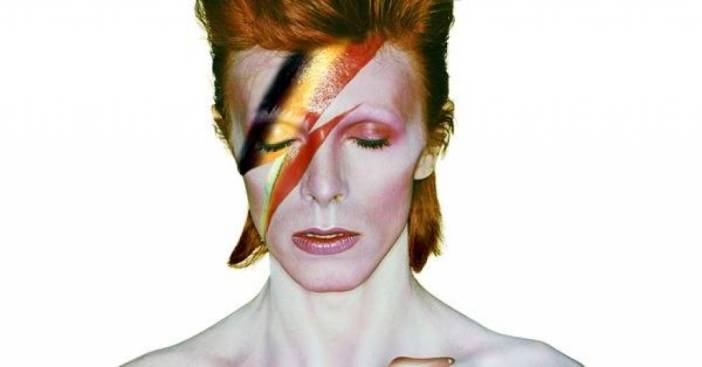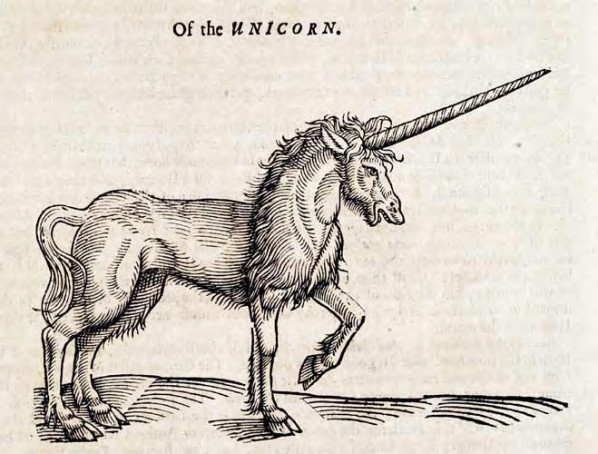
It isn’t that more people died during 2016-early 2017. Well, actually, probably more people did die, because there are more people to die, and there are quite a number of nasty little wars going on, murder technology that is extremely efficient, and a high degree of wealth inequality ensuring lots of people die from treatable diseases and starvation.
But here in the Empire of the West I submit that we’ve all been very sad about the proportionately rather large number of artists* who died last year. Now a lot of these people weren’t exactly young, many of them were rode hard and put away wet for years, and they had to shuffle off the mortal coil sometime. We all know Keith Richards has been living on borrowed time for decades. But I suggest what makes these deaths hard is that they make it clear how little art there has been in pop/monoculture for a long time–long enough for the last celebrity artists to get old.
And as it stands, I think it will be a very long time before we see any more celebrity artists, because we are a monoculture that excels at entertainment, but sucks at art.
Lots of people are artists, humans being a creative lot, and many of them are even very talented and/or skilled, but I have this idea that what makes an artist or a work of art “great” is that they make us see from new perspectives. If they have a big enough audience, that can change culture and society. Even with a small audience they can cause a trophic cascade to borrow a term not originally from Gordon White, but I’m applying it in a parallel way. Obviously there will be dispute about who and what is “great” because individuals will inevitably be differently affected. For one thing, there’s an aesthetic barrier to be jumped right out of the gate, since if people don’t find the artist’s work pleasing enough they may not experience it enough to be changed by it. On the flip side, just because something is avant garde or not aesthetically pleasing does not make it great art. I don’t know, your mileage may vary, but putting a picture of Jesus in a jar of pee not only does nothing to change my perspective, it’s just lazy. Art is inevitably controversial but just because something is controversial doesn’t make it great art.
Some chalk artistic “greatness” up to genius. I don’t think genius is an intrinsic quality that some humans have–I think it’s a collaborative thing whereby certain individuals have something to express and a mode of expression that act like a key that fits the lock of the Zeitgeist or egregore or some such. The same key wouldn’t fit in a different lock. Sometimes a key comes along that fits no lock until after the artist has died. That’s probably the case more often than not (thinking of Colin Wilson’s outsiders here). It doesn’t matter if your great artist is not so great for me, and vice versa; it doesn’t matter that there are different schools of art and different followings for different artists. What matters, or rather, my point, is that the putative “genius” must be in the right place at the right time and saying the right thing in the right way, just as a seed has to fall on fertile ground and get the right amount of water and sun in order to germinate. Art and genius are, in short, ecological. And just like any other ecology, they involve spirits. Indeed if folklore is to be believed, spirits are all over art like white on rice.
But at the moment we are in an ecosystem that’s not particularly friendly to art or artists. Anything that changes perspectives is going to make people uncomfortable–some people uncomfortable all the time, a lot of people uncomfortable some of the time–and what makes people uncomfortable can’t really be mass-marketed. Seeds that fall on such barren ground have little chance to flourish, and that’s what I mean when I say that today, artists are seldom celebrities and vice versa.
The stereo in my car is broken so my options when driving to work are NPR or the pop music station. I often end up listening to the pop station just because it’s energetic. (For man cannot live by bread alone–yea, sometimes he needs a funky beat.) But at the risk of sounding like a hipster here, today’s pop music is highly repetitive dreck.
Because when it comes to selling stuff, you want to manipulate people’s emotions, and the easiest, lowest-common-denominator way to do that is through sex or fear. The plethora of sub-mediocre, copycat sex songs in American pop music is a sure sign that you are being sold. It’s not that you can’t have great songs about sex (blues music is full of them) but if you haven’t been listening to today’s pop music, you cannot imagine just how stupid and crass the current crop of songs is.
Yes, artists are still making art. Some of it is great. But you’re more likely to stumble upon it in a weird series of synchronicities than you are to hear it on the radio or recommended by your coworker, because the monoculture ensures that most of these people labor in relative obscurity. We are lucky that technology enables us to discover art from outside our own communities and times. Indeed, for my money, there is some tremendous music being made at the moment, and I am particularly pleased to see a resurgence of a hippy/Romantic, poetic, occasionally overtly animist, folk aesthetic being melded with modern instrumentation in fabulously unique ways. It’s exciting for me not only aesthetically but because of what it suggests about the values and visions of the people involved. They are visions that I want to see propagated as widely (but as faithfully) as possible. But sadly you’ve got to slog through a lot of Arianna Grandes and Thomas Kinkades to find them.
The role of spirits and of mediumship in art is something I want to know more about. Until college I was an artist (not a great one by any stretch of the imagination), and then something happened that switched off my connection. Connection is what it was, because I was not so much expressing something in myself as I was compulsively trying to birth something that moved through me. I felt almost commanded to draw and paint; the images had their own agency and controlled the process much more than I ever did. I don’t know how or why the connection was shut down but I am doing my best to reopen it. Sorry, I don’t have any answers to this question yet. But if you’re interested, check out Chris Knowles’ series on Elizabeth Fraser and the Siren archetype (Part I, Part II, Part III) and also watch her perform. I don’t know if Knowles is right but there is something weird going on there. Incidentally, this isn’t to diminish the agency, talent, or skill of Fraser or any other particular artist, merely to acknowledge that in this sphere of human activity as in all the others (perhaps more than in some others), there are more influences than we usual credit, and some of them just happen not to be humans.
*I know this is a controversial topic with room for disagreement but I’m not really interested in a discussion of “what is art?” at this time because
